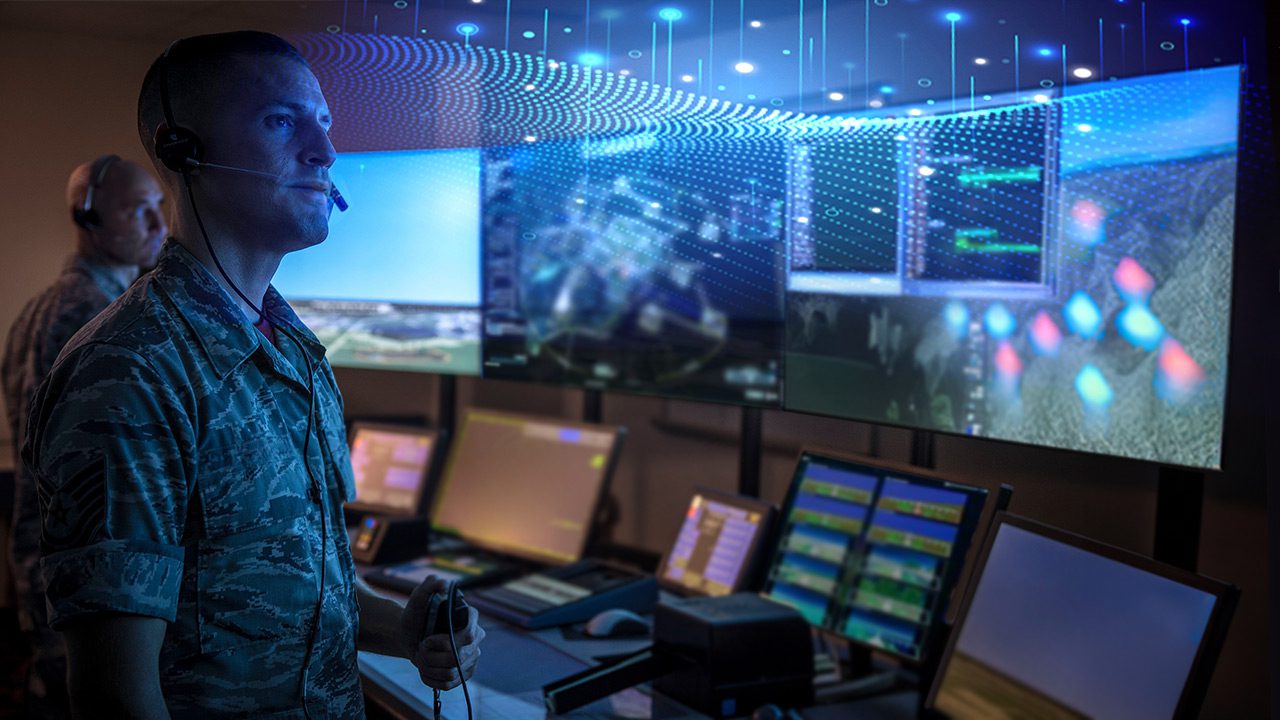Charles River Analytics won a $2 million Small Business Technology Transfer (STTR) Phase II contract to integrate innovative human‑AI teaming approaches into Navy operations. Joint User-centered Planning Artificial Intelligence Tools for Effective Mission Reasoning (JUPITER), funded by the Naval Air Systems Command (NAVAIR), is an AI-based mission planning framework focused on the effective use of AI across Navy workflows and operational contexts.
While AI is extremely promising, it needs to be thoughtful and efficiently integrated into operational workflows for the technology to realize its full potential. Simply taking an off-the-shelf AI technology and applying it to a mission critical problem is ill-advised, explains Stephanie Kane, Principal Scientist at Charles River Analytics and Principal Investigator on JUPITER. “We need to take into account the human dimension when applying AI to critical problem spaces. For example, we must consider the capabilities and limitations of the AI technology, what the risks are, how it changes current workflows, where we should and should not use AI, and how the human and AI elements are going to effectively work together to accomplish overall goals,” she adds.
There are many challenges that must be addressed when incorporating AI into different workflows. For example, end users need to understand when and how to distribute tasks across the human‑AI team, how the AI has arrived at its decisions, and what is needed for effective human‑AI team coordination and execution.
While developing JUPITER, the team also focused on identifying potential operational scenarios for the Navy that are suitable for incorporating AI technologies, deriving requirements for human‑AI teaming within these scenarios, and developing methods to evaluate different AI solutions that might work within a human‑AI team.
JUPITER is not just about identifying tasks that can be offloaded to AI. It also optimizes human‑AI interactions. The JUPITER framework considers the overall human‑AI team to cultivate effective interactions across the human end user and AI technologies. “It’s about evaluating their performance as a team and how the human’s work changes with the introduction of AI into the envisioned mission workflow,” Kane says.
Phase I of JUPITER involved understanding where and how AI would most significantly impact the mission planning process. The team established requirements for effective human‑AI collaboration in targeted operations and created lightweight simulation environments to evaluate concepts and simulate human‑AI interactions in realistic settings.
In Phase II, the JUPITER team built upon the prior success by identifying additional mission operations where human‑AI teaming could provide benefit to the Navy, and worked to develop, test, and validate these approaches. JUPITER is currently in a Phase II expansion specifically focused on the transition of the technology to target programs.
The key principles and innovative approaches developed under JUPITER for effective human‑AI teaming can translate to a number of commercial applications, especially as the interest in AI technologies (including generative AI) has continued to grow.
That’s because JUPITER solves a fundamental problem with technology: overall effectiveness. “We’re deeply looking at the effective use of AI, especially considering the ultimate end users,” Kane says.
JUPITER can be licensed to industries that are working to integrate advanced technologies into workflows. “The commercialization potential of JUPITER is immense, as human‑AI interaction is a fundamental challenge that numerous companies must address to leverage emerging and cutting-edge AI technologies effectively,” Kane adds.
Contact us to learn more about JUPITER and our capabilities in user interfaces & human-machine teaming and human-centric AI.
This material is based upon work supported by the Naval Air Warfare Center under Contract No. N68335-20-C-0769. Any opinions, findings and conclusions or recommendations expressed in this material are those of the author(s) and do not necessarily reflect the views of NAVAIR.





